Manmohan Desai
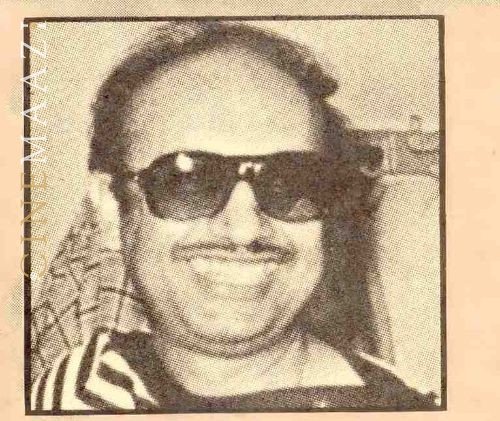
Subscribe to read full article
This section is for paid subscribers only. Our subscription is only $37/- for one full year.
You get unlimited access to all paid section and features on the website with this subscription.
Not ready for a full subscription?
You can access this article for $2 , and have it saved to your account for one year.
- Born: 26 February, 1937 (Bombay)
- Died: 1 March, 1994 (Bombay)
- Primary Cinema: Hindi
- Parents: Kikubhai Desai , Kalavati
- Spouse: Nanda , Jeevanprabha Desai
- Children: Ketan Desai
Manmohan Desai is one of the most successful filmmakers of the Hindi film industry. A whopping 13 of the 20 films he directed, in the 29 years of his career, were blockbusters, leading to a high success rate that is rare to find in the unpredictable realm of films. Considered the maestro of masala films—that unique blend of popular Hindi cinema which combines catchy songs, with intense drama, exciting action sequences, and copious emotion; he excelled in cinema which requires you to ‘leave your brains at home’ but is guaranteed to leave you entertained. He is memorable for films such as Chhalia (1960), Sachcha Jhootha (1970), Bhai Ho Toh Aisa (1972), Rampur Ka Lakshman (1972), Aa Gale Lag Ja (1973), Roti (1974), Amar Akbar Anthony (1977), Chacha Bhatija (1977), Dharam Veer (1977), Parvarish (1977), Suhaag (1979), Naseeb (1981), Coolie (1983), and Mard (1985). Desai’s films were intelligent as opposed to intellectual, as he astutely ascertained what the audience desired—and gave them just that and then some. The lost and found theme where family members were separated before being reunited, was a favourite in his plots. Desai worked with some of the biggest stars of the 60s, 70s, and 80s, but is mainly known for his association with Amitabh Bachchan, which resulted in six straight superhits together, cementing the latter’s status as superstar.
He was born on 26 February, 1937 to Paramount Studios-owner father, Kikubhai Desai, who also produced several stunt films including Aflatoon Aurat (1940), Sheikh Chilli (1942), and Dashavtar (1951). Manmohan was initiated into films by Babubhai Mistri; interestingly, it was the films in the latter part of his career that echoed Mistri’s fondness for special effects and the fantastic. He made his debut with Chhalia (1960) which was produced by his elder brother, Subhash Desai. He was 24 when he directed the film starring Raj Kapoor and Nutan. The film could only achieve moderate success at the box office. Eager to make his presence felt, he tried to conform, making films such as the Shammi Kapoor-starrers Bluff Master (1963) and Budtameez (1966). His costume drama Rajkumar (1964) succeeded; however big success only came a decade after Chhalia with Sachcha Jhootha (1970). Starring Rajesh Khanna in a double role, the film shows Desai’s penchant for emotions as well as the absurd, which was lapped up by audiences.
While films like Aa Gale Lag Jaa (1973) helped build Desai’s status as director, the best side of him was yet to emerge—his flair for blissful, escapist cinema. It rose to the surface best in Amar Akbar Anthony (1977), which combined foot-tapping music, an irresistible star cast, an inspired script and themes of lost-and-found brothers and religious tolerance, topped with quotable one-liners and quirky characters. This award-winning entertainer had a lasting impact on pop culture. The same year, Desai had three more blockbusting successes—Dharamveer (1977), Chacha Bhatija (1977) and Parvarish (1977), all of which crowned him the blue-eyed boy of the box office.
Desai was known for repeating actors he had previously worked with. He worked with Jeetendra in Dharam Veer (1977) and Bhai Ho To Aisa (1972), with Shatrughan Sinha in Naseeb (1981) and Bhai Ho To Aisa (1972), Aa Gale Lag Jaa (1973) and Rampur Ka Lakshman (1972), with Shashi Kapoor in Suhaag (1979) and Aa Gale Lag Jaa (1973), with Shammi Kapoor in Parvarish (1977), Bluffmaster (1963) and Budtameez (1966), and with Randhir Kapoor in Chacha Bhatija (1977) and Rampur Ka Lakshman (1972). He collaborated the most with Amitabh Bachchan, in Amar Akbar Anthony, Parvarish, Suhaag, Naseeb, Desh Premee, Coolie, and Mard, as well as Ganga Jamuna Saraswati (1988) which was their rare flop together.
He worked with writers such as Salim–Javed, Prayag Raaj, K K Shukla, and Kader Khan. While he worked with composers such as Rahul Dev Burman, and Kalyanji Anandji, later he enjoyed a successful collaboration with Laxmikant Pyarelal on as many as 9 films. Lyricists he worked with include Anand Bakshi, Sahir Ludhianvi, Qamar Jalalabadi, Gulshan Bawra, and Shailendra.
With time, Desai seemed to lose his Midas touch, unable to gauge the changing tastes of the audience. He was accused of self-parody by critics. The last film he directed—Ganga Jamuna Saraswati as well as the films he produced which were directed by his son Ketan Desai—Allah Rakha (1986), Toofan (1989) and Anmol (1993) all sank at the box office. He was apparently unable to digest this double shock, and was said to also be wracked by chronic back pain. On 1 March 1994, Manmohan Desai fell from the balcony of his house in Girgaon and passed away.
On the personal front, he was married to Jeevanprabha Desai, who passed away in 1979. He remained engaged to actress Nanda from 1992 until he passed away in 1994. His son Ketan Desai is a director.
Manmohan Desai's films remain a source of hope and happiness. Summing up his essence, Amitabh Bachchan shared, “Manmohan Desai emitted a lot of energy in his films and as a person.”
References
Image courtesy: Filmfare
-
Filmography (20)
SortRole
-

Mard 1985
-

Coolie 1983
-

Desh Premee 1982
-
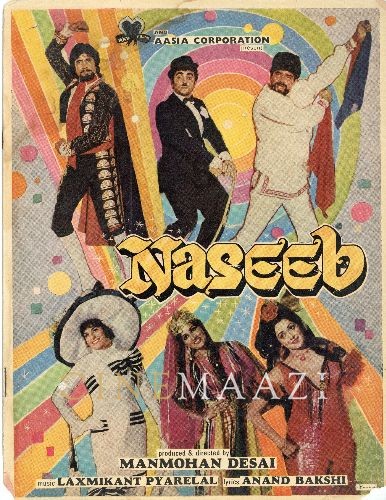
Naseeb 1981
-
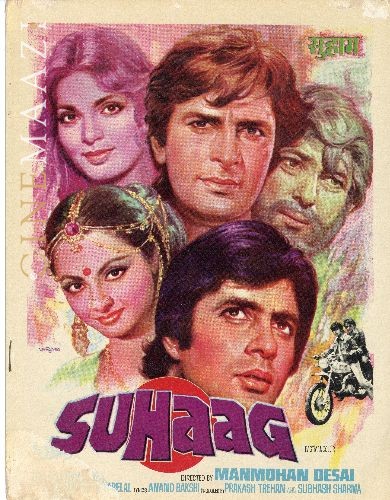
Suhaag 1979
-
Parvarish 1977
-

Dharam Veer 1977
-

Amar Akbar Anthony 1977
-
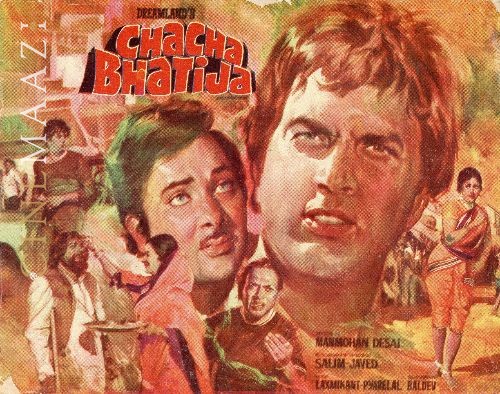
Chacha Bhatija 1977
-

Roti 1974
-

Aa Gale Lag Jaa 1973






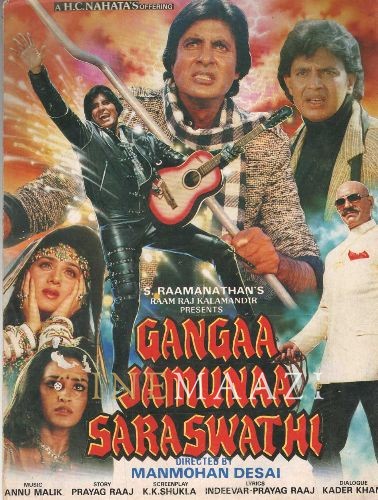
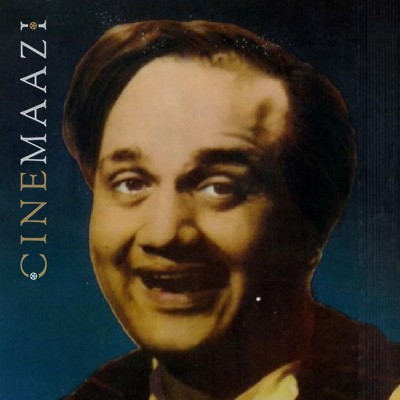
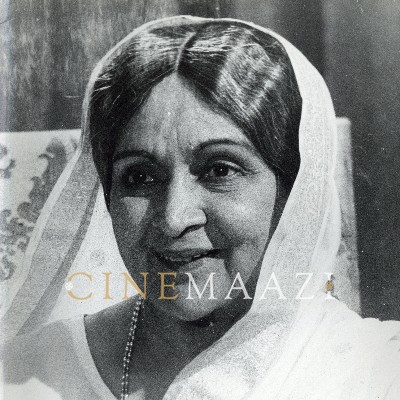
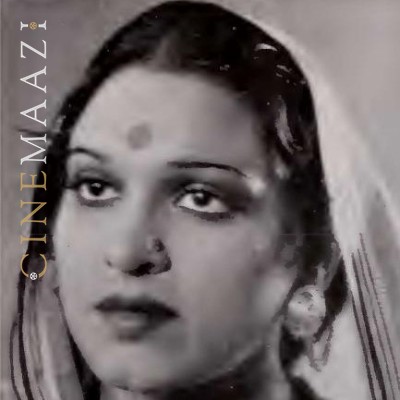

.jpg)



